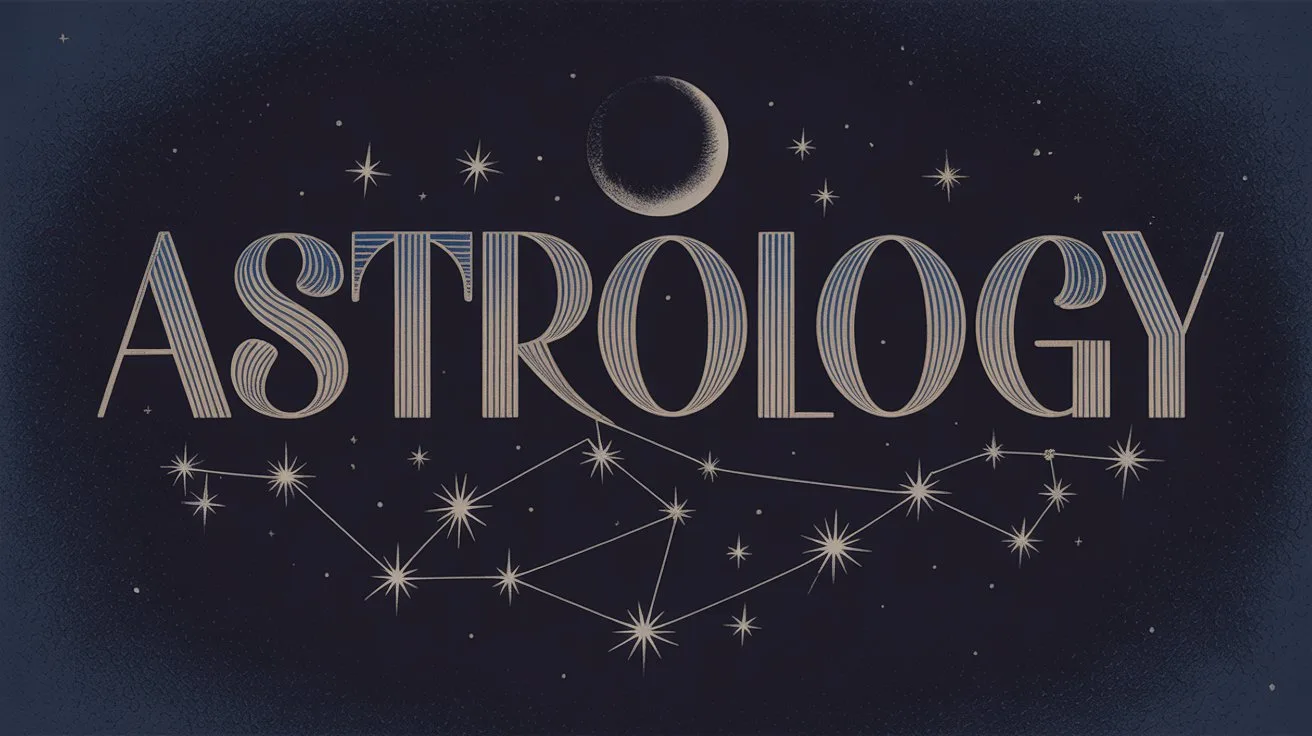Myrrh is a fragrant resin derived from the sap of certain trees and holds significant meaning throughout Scripture. It was used for perfume, anointing oil, embalming, and as a symbol of suffering and sacrifice.
Myrrh is first mentioned in Genesis 37:25, where it was part of the goods carried by the Ishmaelite traders who bought Joseph:
“They looked, and there was a company of Ishmaelites… carrying spices, balm, and myrrh, on their way to carry them down to Egypt.”
It was also one of the gifts brought to Jesus by the wise men in Matthew 2:11:
“And when they had opened their treasures, they presented gifts to Him: gold, frankincense, and myrrh.”
In this context, myrrh foreshadowed Christ’s suffering and death. While frankincense symbolized His deity and priesthood, myrrh represented His humanity and sacrificial death.
Myrrh was mixed with wine and offered to Jesus during His crucifixion, but He refused it (Mark 15:23). This was a mild anesthetic, and Jesus chose to endure the full weight of suffering. Later, myrrh was used in His burial. John 19:39 states:
“And Nicodemus… brought a mixture of myrrh and aloes, about a hundred pounds.”
In the Song of Solomon, myrrh is mentioned in romantic and worshipful terms, symbolizing deep affection and beauty (Song of Solomon 5:5, 5:13). This usage connects it not only to sorrow but also to devotion and costly love.
Myrrh in Scripture stands as a symbol of both the pain of sacrifice and the honor of burial. It reminds us of the cost of redemption and the depth of God’s love demons/”>demonstrated in Christ’s death.







